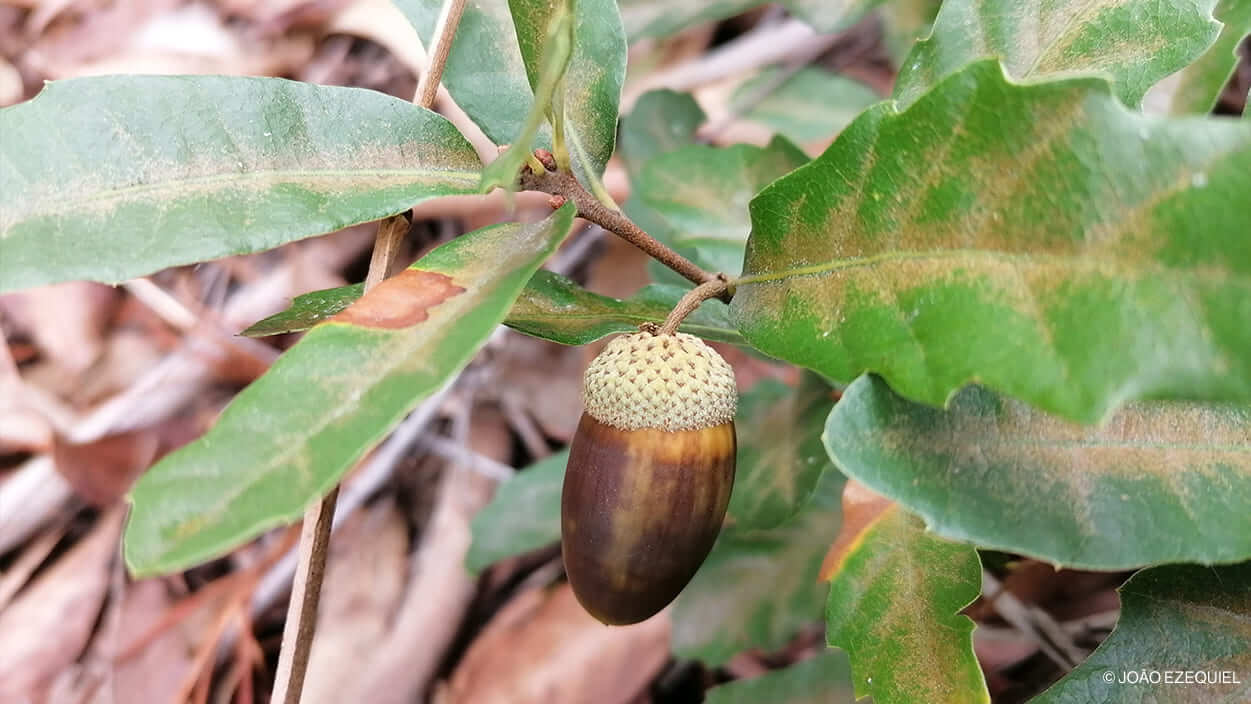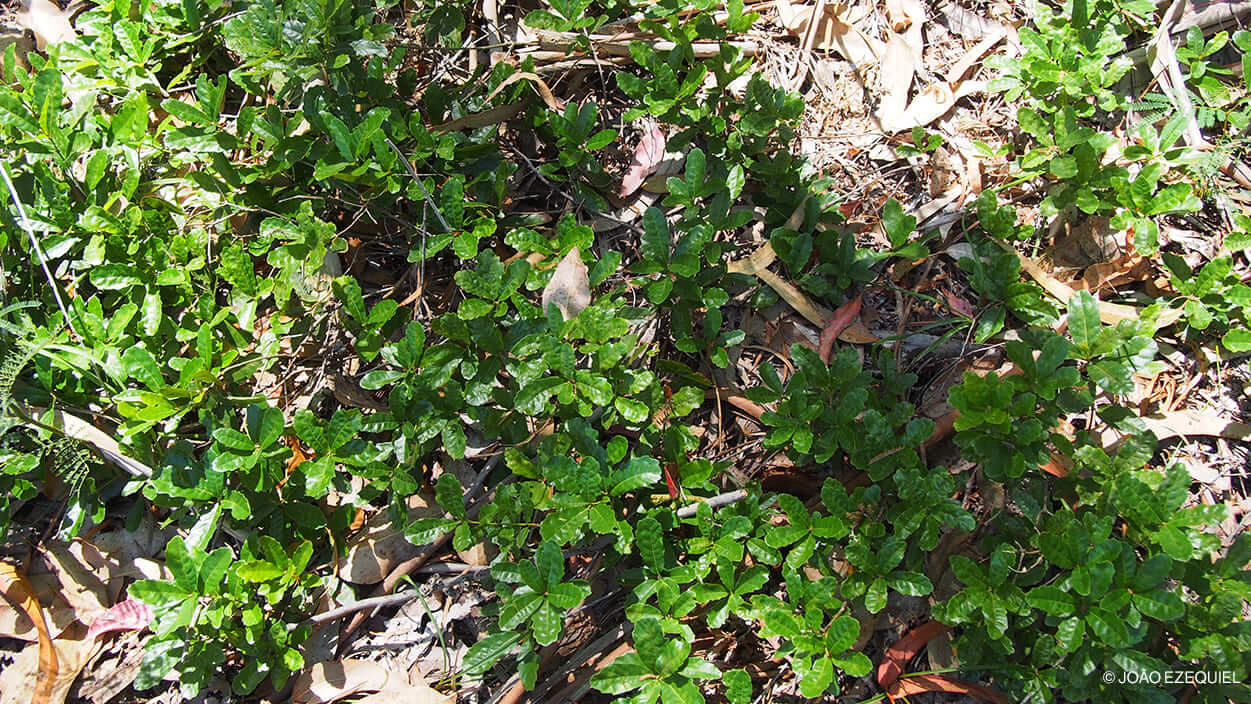The Lusitanian oak or gall oak is the smallest of the Portuguese oak trees and one of the species that was first identified in Portugal.
The Lusitanian oak, also known as the gall oak, is the smallest of the Portuguese oak trees. Its scientific name Quercus lusitanica helps to identify it as a native species in Portugal and this is one of only three countries in the world where it exists naturally. The others are Spain and Morocco.
The Lusitanian oak is a small, irregularly shaped shrub that usually grows to a height of about 30 centimetres, but it can grow much taller, although it rarely exceeds three metres. Despite being creeper trees, they can spread over vast areas, since in some places their stems develop roots that give rise to new plants identical to the “mother plant” (the stems are thus called “stolons”).
Its bark is smooth and grey-white or brown in colour, and its branches are often covered with a thin furry layer (pubescent branches). Only one leaf (alternate leaves) grows from each node on the branches. Darker green in colour with a smoother surface on the upper side, the leaves are relatively thick, oval in shape and broadly toothed or serrated in the upper half or two thirds. The leaves remain attached even when dry and remain that way throughout the entire cold season, until they are ‘pushed off’ by new foliage the following spring (marcescent leaves).
The Lusitanian oak is a shrub with yellow flowers, or rather, with inflorescences that resemble clusters (catkins) and, as with all oaks, its fruits are acorns (glans) that hold the seeds inside. Lusitanian oak acorns are large and highly elongated, with a wrinkled cupule.
Even though the species exists only in the Iberian Peninsula and northern Morocco (where it is endemic) and despite the fact that the oak population is in decline, its threat status was considered to be of “Least Concern”. As set out in the Natura 2000 Sectoral Plan, the importance of preserving it is evident, since it was chosen as the dominant species in Habitat 5330pt4 – Mediterranean pre-desert scrubland, subtype scrubland with Quercus lusitanica.





